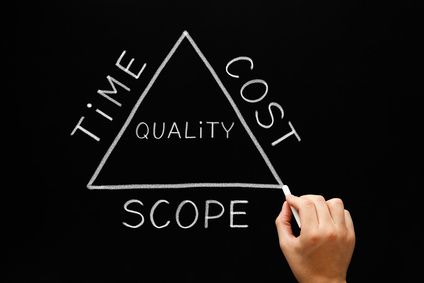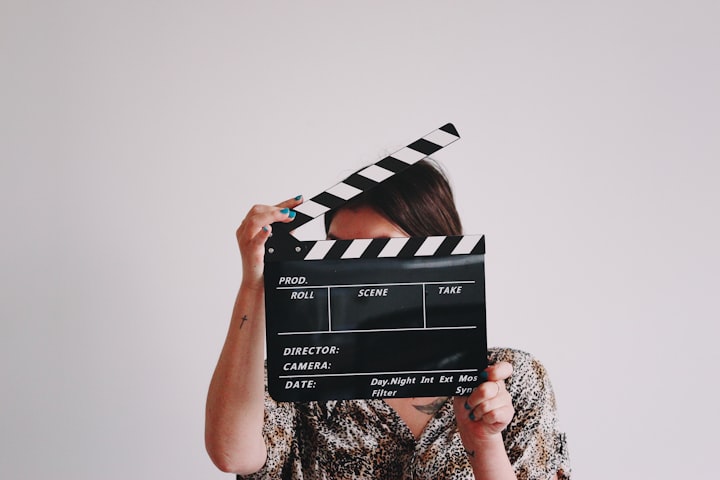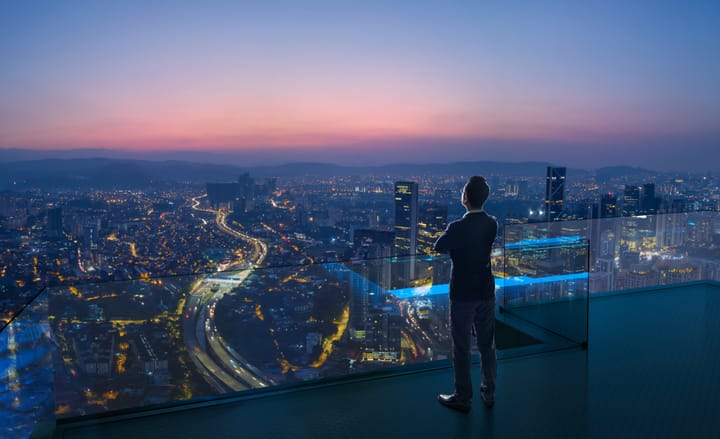I’m trying to put together an initial budget and plan for a new client. And have painters’ block. Staring at the blank canvas, paralyzed by possibilities. At this point, I don’t have a budget, timeline or any real limits. So where do I start? Normally, we begin at the edges – just like doing a jigsaw puzzle. Since I don’t have any edges, I need to make some. How much time do I have? What skills and expertise do I have that can bring value to the process? How much do I need to charge for those to run my business? What do I know about the client and the idea? Can I make some guesses and put some boundaries around the project based on that information?
When we think of creative processes – whether it’s designing a painting or a new product, we tend to yearn for freedom. Wide open pastures to let our imaginations run free. Yet innovation and creative research is clear – we generate more and better ideas when we have limits. Needs. Necessity really is the mother of invention. Globally, we’re seeing this play out in the way cities in crisis are re-inventing themselves. Detroit. Dublin. New Orleans. Loss of and limits on access to “the usual”, the tools and process we’ve always used to do things, force us to create new ways to do things.
The challenge often, is first being able to let go of the status quo. To say – what if …. What if, we didn’t have oil any more? What if, we could only eat local food? What if, we can’t have grass lawns? What if, Canada Pension disappears? That’s where resilience, and creativity kick in. What I like to call the McGyver effect. What I see as the essence of design. We identify a need, figure out what resources we have to meet that need, then try applying them in different ways until we get something that works. Which quite often leads to the discovery of a completely new idea.
Where we run into trouble is when we have processes with too few constraints. No end date. No budget limit. No customer waiting for delivery on a specific date. Then, we lose focus, momentum. We tinker unnecessarily and dive deeper than we need to. I remember being brought onto a $25M museum project at the 11th hour, as a creative firefighter. When I arrived, they’d spent $23M dicking around with dozens of versions of their designs and hadn’t actually made anything. With just a few months left, they were in crisis. My first assignment was to re-write a 3 minute video script. I turned it around in a couple of hours and they were stunned. Didn’t know what to do with me – figured it would take me a week.
The key to using constraints with a big, open, hairy design project like the one I’m starting is to break the challenge up into bite sized bits. Each phase can run as a full design cycle, informing and feeding the next. That way, you can set constraints that not only help you be more creative – but also give you some metrics and measurables for the bean counters in your group.





